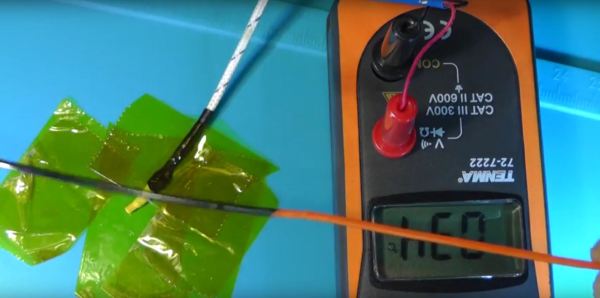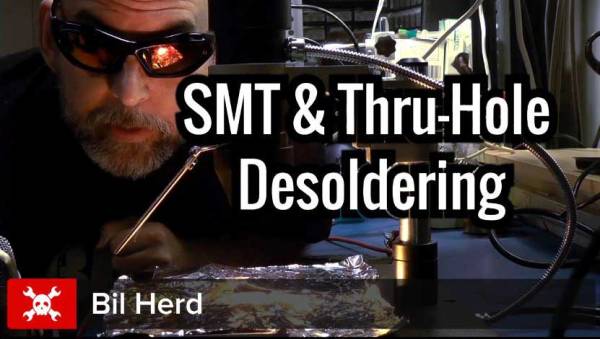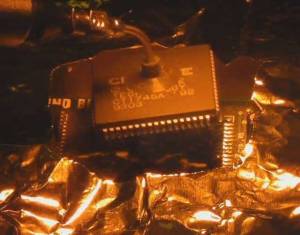If you’ve ever cringed over throwing away any printer filament you know wouldn’t cover your next small part — let alone an overnight print — you may appreciate [starlino]’s method for joining two spools of filament together.
While there are other methods to track how much filament you’re using, this method removes some of the guesswork. First, snip the ends of the filament on a diagonal — as close to the same angle as possible. Cover both ends with shrink wrap tubing — 2mm tubing for 1.75mm filament for example — ensuring that the two ends overlap inside the wrap. Tape the filament to a heat resistant mat with Kapton tape, leaving exposed the joint between the two filaments. A temperature sensor may help you to find your filament’s melting point, or you can experiment as necessary to get a feel for it.
Melt the filament inside the tubing with a hot air soldering station or heat gun and cool it down promptly with a few blasts from an air duster. All that’s left is to cut the filament free of the tape and shrink wrap, scraping away any excess so as to prevent printer jams. Done! Now, back to printing! Check out the tutorial video after the break.nning
Continue reading “Worried About Running Out Of Filament Mid-Print? Join It!”
















